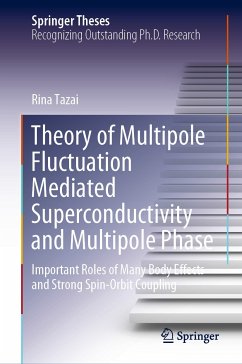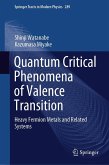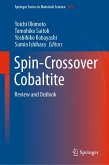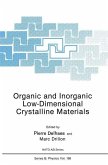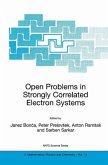The book focuses on many-body correlation effects beyond conventional theory for the d- and f-electron systems, and theoretically demonstrates the correlations to play significant roles in "mode-coupling" among multiple quantum fluctuations, which is called U-VC here. The following key findings are described in-depth: (i) spin triplet superconductivity caused by U-VC, (ii) being more important U-VC in f-electron systems due to magnetic multipole degrees of freedom induced by a spin-orbit interaction, and (iii) s-wave superconductivity stabilized cooperatively by antiferromagnetic fluctuations and electron-phonon interaction contrary to conventional understanding. The book provides meaningful step for revealing essential roles of many-body e¿ects behind long standing problems in strongly correlated materials.
Dieser Download kann aus rechtlichen Gründen nur mit Rechnungsadresse in A, B, BG, CY, CZ, D, DK, EW, E, FIN, F, GR, HR, H, IRL, I, LT, L, LR, M, NL, PL, P, R, S, SLO, SK ausgeliefert werden.

